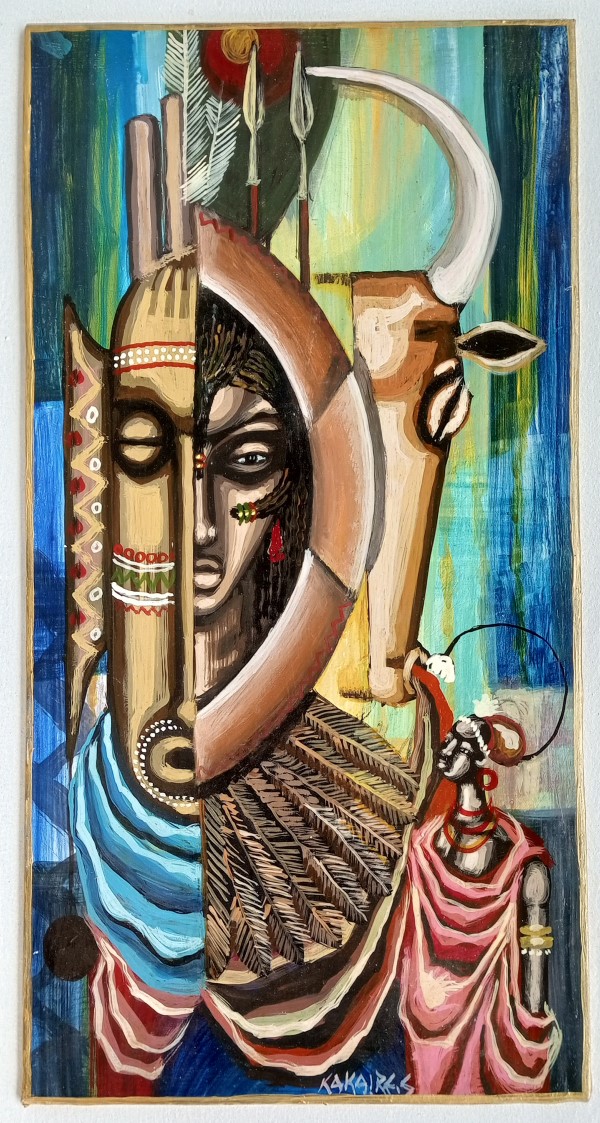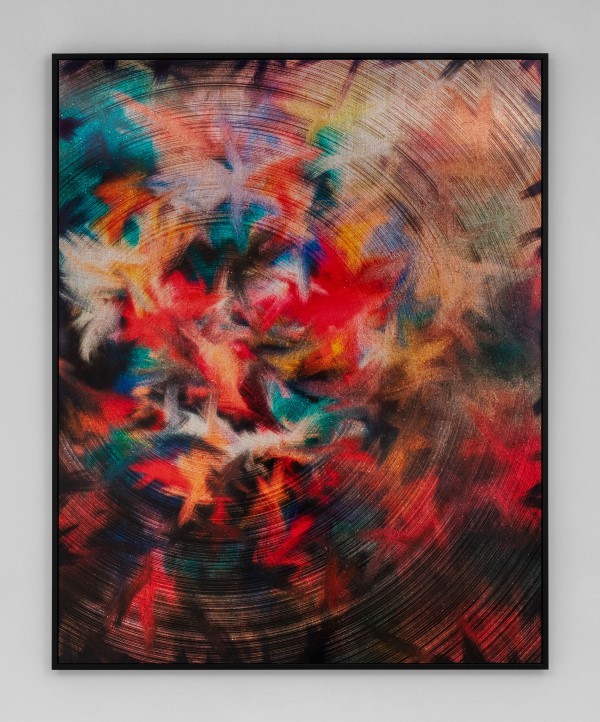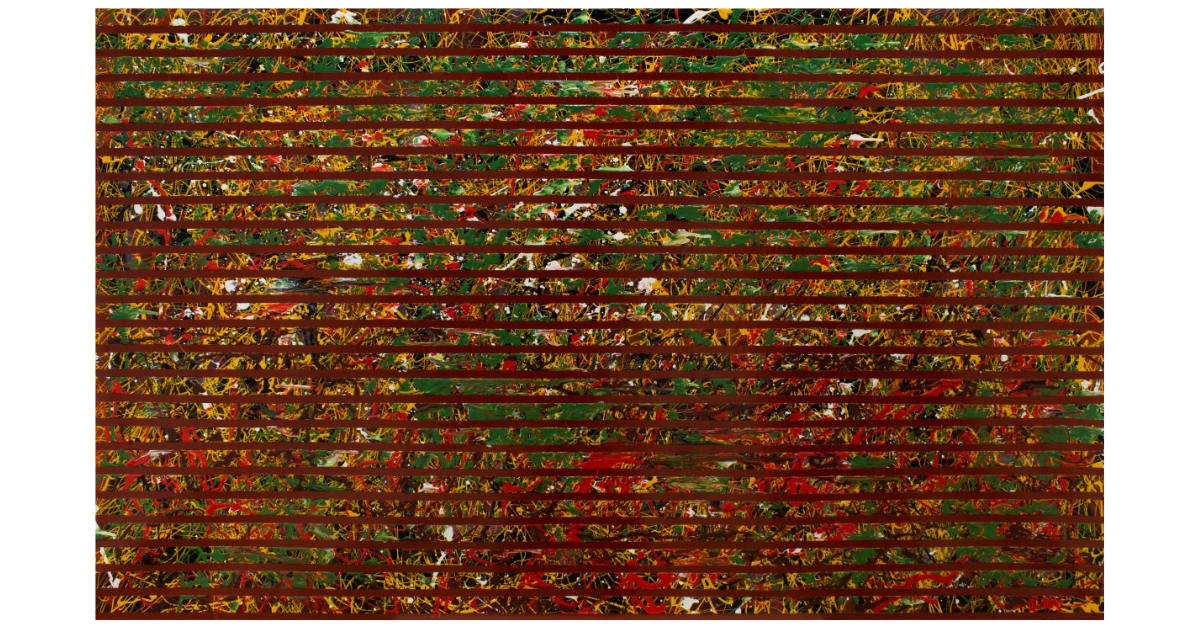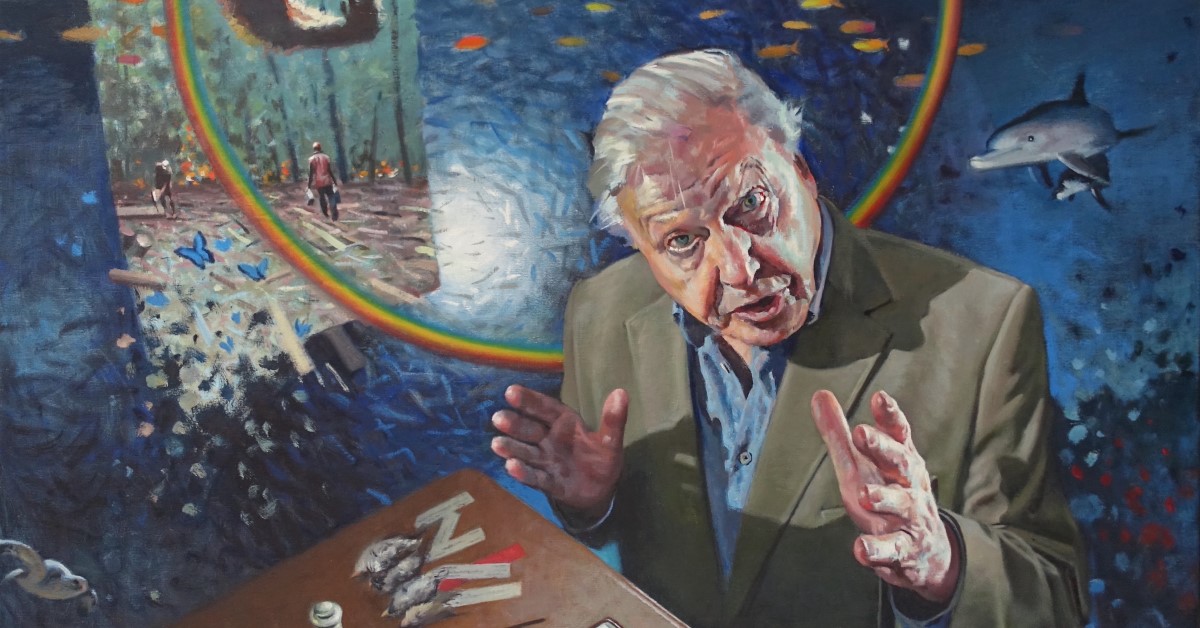With over 100 exhibitors from more than 40 countries, the 17th iteration of Art Dubai sees the leading international art fair for the Middle East and Global South reprise itself as a platform for bold ideas and transgressive art
Words: Will Moffitt
Bawwaba means gateway in Arabic and Valdés, chief curator of the Museum of Modern Art in Medellin, has chosen healing – ‘sanación’ in his native Colombian – as a point of focus; exploring how artists use their practice as a place of reckoning and reconciliation.
His assemblage of diverse talent reflects Art Dubai’s wider ethos. The fair has long sought to transgress traditional geographic and economic boundaries, emphasising the shared histories and distinct narratives of communities from Delhi, Tehran and Cairo to Bogotá and Guatemala City, as well as diasporic and migrant histories from London, Paris and New York.
Now in its 17th iteration, Art Dubai will feature more than 100 contemporary, modern and digital presentations drawn from more than 60 cities and over 40 countries. A healthy proportion of the artists in the Bawwaba category hail from India and Latin America, while their chosen mediums span painting, sculpture, video, and performance art. This rich tapestry of diversity and creativity sees artists confront and explore nuanced social and political issues and create a sense of community and social justice.
For Reinata Sadimba, a Mozambican ceramicist, the process of sculpting traditional Makonde pottery transcends the material to become ritualistic and almost spiritual, a mechanism to reconnect to the earth. While West Bengali artist Debashish Paul uses ritualistic performances to explore tensions of queer identity in a society dominated by heterosexual norms.

That same desire to broaden and enliven the conversation beyond artistic styles that germinated in the western cities infuses the Modern category. Curated by Dr Christianna Bonin, assistant professor of art history at the American University of Sharjah and an expert in Cold War-era cultures and global modernisms, the section will explore artists and filmmakers from the Middle East, Africa and South Asia who took part in cultural exchange programmes with the Soviet Union.
Far from being cold and hostile to outside cultures and ideas, the communist bloc recruited talented creatives with its free artistic programmes that included a stipend, paid transport, accommodation and medical care. Others were supporters of socialism and soviet art and were eager to experience both in the Eastern bloc.
Promoting a plurality of voices and visions from places as seemingly distant and distinct as Uganda, Syria, Ukraine and Sri Lanka, the section examines the importance of Kyiv, Cairo, Almaty and Tashkent as centres of study and exchange. Thus drawing attention to these significant yet understudied regions, uncovering novel practices and perspectives.
Meanwhile, in the Contemporary art category the fair continues its mission to champion the global south, endorsing 72 cutting-edge creatives from more than 50 cities spanning five continents. There’s localism here too: 21 exhibitors from Dubai mark the largest category contribution to date.
Cultural conversations
Not limited to traditional mediums, Art Dubai has garnered a reputation for its impressive collation of boundary breaking digital artists. Its third edition is no different: platforming galleries with innovative new media programmes, as well as digital platforms building virtual art spaces, alongside the artist collectives and Decentralised Autonomous Organisations (DAOs) that are challenging and revolutionising models for artistic production and support.
Curated by Alfredo Cramerotti and Auronda Scalera, whose presentation is titled Expansion / Diffusion, the category features a dizzying survey of global digitised artistic practices, spanning geographies, time zones and formats. Inspired by American astronomer Edwin Hubble’s discovery, almost 100 years hence, that the universe is in expansion, Cramerotti and Scalera are taking a telescopic lens to the fast growing field of digital art.

On the topic of digital wizardry, Swiss Wealth Management Group Julius Baer, lead partner of Art Dubai, will also present a newly commissioned digital installation by Canadian-Korean artist Krista Kim. ‘Heart Space’ مساحة القلب is an immersive experience that will see each visitor’s heart rhythm visualised through hypnotic patterns and shapes on an LED canvas.
Cultural conversations
Lastly, the fair’s thought leadership conferences provide stimulating viewing for anyone seeking to understand the fraught social, economic and cultural issues facing us in the 21st century.
Entitled “Whether or Not,” the fair’s flagship transdisciplinary summit, the Global Art Forum, will present the cultures, technologies, sciences and initiatives around extreme weather and extreme change with the world's most compelling artists, architects, academics, curators, and thinkers.
The fair will also reprise Campus Art Dubai (CAD) professional development and traineeship programme. Celebrating its 11th year, the initiative provides recent graduates with mentorship, masterclasses and hands-on experience as they benefit from curated tours of the city’s cultural organisations.
Art Dubai will take place at Madinat Jumeirah from March 1 to 3. artdubai.ae

Mayfair galleries
Mazzoleni
The leading Post-War Italian and contemporary art gallery based in Mayfair and Turin returns to Art Dubai with a project dedicated to the subject of Relations, explored in the work of Marinella Senatore, Andrea Francolino and Melissa McGill. Senatore is renowned for her large scale light sculptures and public-centred performance art, while Francolino draws on the Japanese practice of Kintsugi, turning cracks and ruptures into antidotes to mass standardisation. McGill’s expansive output explores relations between humankind, natureand the interconnectedness of all living things.
Gazelli Art House
Gazelli Art House will platform an exhibition of artworks from leading Azeri artists in the Modern and Contemporary booth, including Agil Abdullayev, whose practice examines Azerbaijani identity in relation to history, culture, queer ideology.
Unit London
A regular contributor to Art Dubai Digital, Unit London seeks to diversify the digital art space by showing only women artists. Its presentation will include digital artists Krista Kim, Linda Dounia and Studio Meeson who are using code to capture the experiential, corporeal and internal dimensions of the human body.








